Allspice plant
₹239
The Allspice plant (Pimenta dioica), also known as Pimento, is a tropical evergreen tree native to the Caribbean and Central America. This fascinating plant is a true culinary gem, offering a unique blend of flavors reminiscent of nutmeg, cinnamon, and cloves. Cultivate this aromatic wonder in your garden or as a captivating houseplant to enjoy its fragrant leaves, beautiful foliage, and the potential to harvest your own allspice berries.
74 people are viewing this product right now
🔥 7 items sold in last 3 hours
The Allspice plant (Pimenta dioica), also known as Pimento, is a tropical evergreen tree native to the Caribbean and Central America. This fascinating plant is a true culinary gem, offering a unique blend of flavors reminiscent of nutmeg, cinnamon, and cloves. Cultivate this aromatic wonder in your garden or as a captivating houseplant to enjoy its fragrant leaves, beautiful foliage, and the potential to harvest your own allspice berries.
Key Features & Benefits
- Versatile Flavor: Allspice berries provide a warm, spicy flavor with notes of nutmeg, cinnamon, and cloves, making them an excellent addition to savory dishes, desserts, and beverages.
- Aromatic Foliage: The leaves of the Allspice plant release a delightful fragrance when crushed, adding a touch of tropical ambiance to any space.
- Ornamental Value: The plant boasts attractive evergreen foliage and can be grown as an ornamental tree or shrub in suitable climates.
- Easy to Grow: With proper care, Allspice plants are relatively easy to cultivate indoors or outdoors.
- Unique Culinary Experience: Growing your own Allspice allows you to enjoy fresh, high-quality berries for a truly unique culinary experience.
Plant Care Guide
Ideal Plantation Locations
Allspice thrives in warm, humid climates with ample sunlight. It prefers well-drained, fertile soil rich in organic matter. Suitable regions include tropical and subtropical areas.
Planting & Gardening Instructions
- Location: Choose a sunny location with partial shade, especially during the hottest parts of the day.
- Soil Preparation: Amend the soil with compost or well-rotted manure to improve drainage and fertility.
- Planting: Plant the Allspice tree or shrub in a hole slightly larger than the root ball. Back-fill with soil, gently firming around the base.
- Spacing: Allow sufficient space between plants to accommodate their mature size.
Watering
Water the Allspice plant regularly, especially during dry periods. Ensure the soil remains consistently moist but not waterlogged.
Fertilizers
Fertilize the Allspice plant with a balanced slow-release fertilizer during the growing season (spring and summer). Avoid over-fertilizing, as it can damage the plant.
Re-potting Instructions
Re-pot young Allspice plants annually into slightly larger pots. For established plants, re pot every 2-3 years or when the roots become pot-bound. Use well-draining potting mix.
Fruiting Season
Allspice plants typically begin fruiting 3-5 years after planting. The fruiting season varies depending on the climate, but generally occurs between late summer and early winter.
Usage Ideas
- Culinary Uses: Use allspice berries in various dishes, including stews, soups, marinades, rubs, and desserts.
- Aromatic Uses: Dry allspice leaves and berries for use in potpourris or to create homemade teas.
- Ornamental Plant: Grow as an attractive ornamental tree or shrub in gardens or as a houseplant.
- Gifting: Allspice plants make unique and thoughtful gifts for gardeners and cooking enthusiasts.
Care Tips
- Pest Control: Monitor for pests such as scale insects and mealybugs. Treat infestations promptly with appropriate methods.
- Pruning: Prune the Allspice plant lightly to shape and encourage bushier growth.
- Mulching: Apply a layer of organic mulch around the base of the plant to conserve moisture and suppress weeds.
Only logged in customers who have purchased this product may leave a review.
Related products
Designed, Developed & Maintained by Growww.
Copyright © 2024 Ashok Chakra Nursery

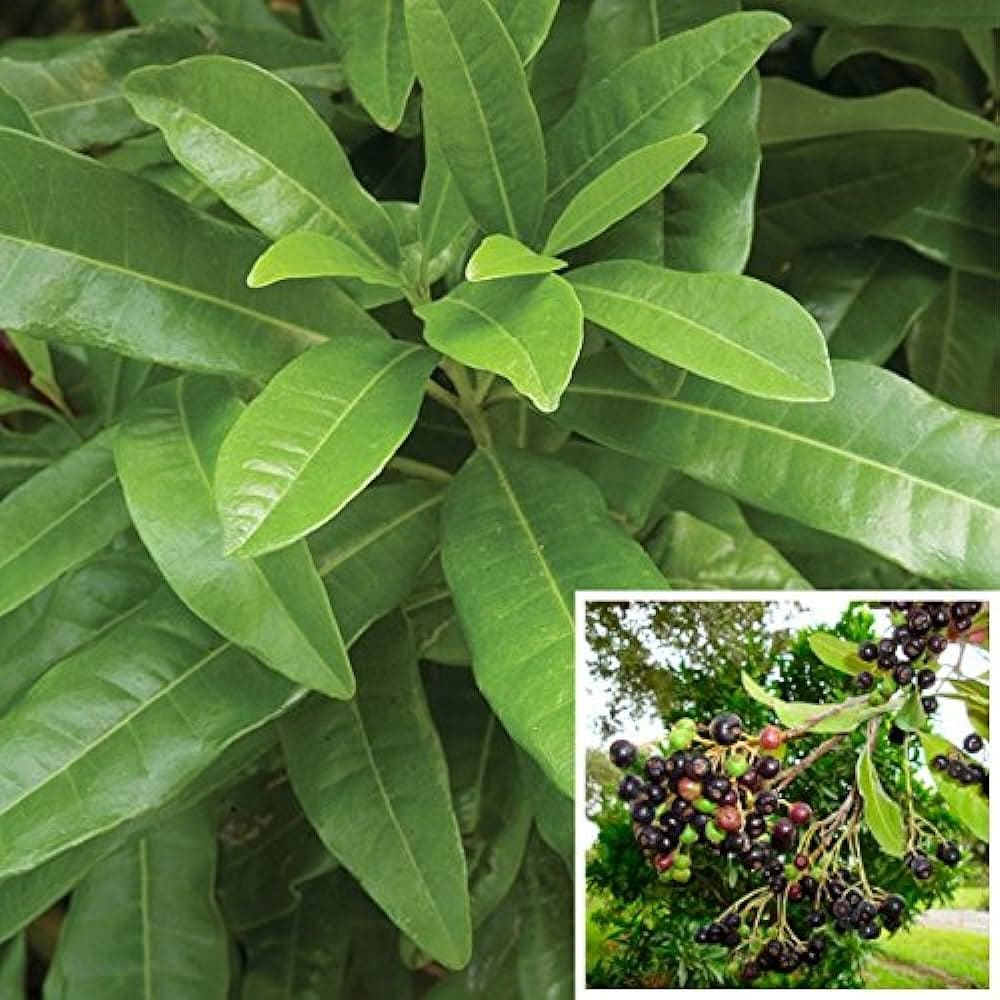
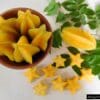
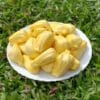
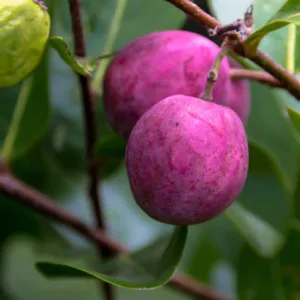
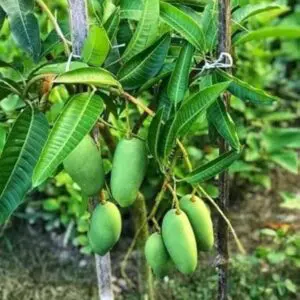
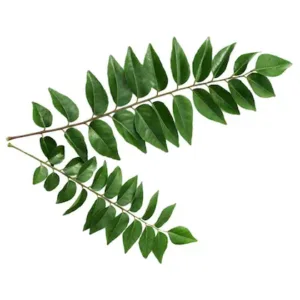
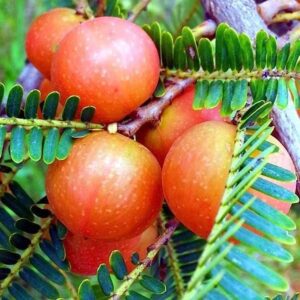
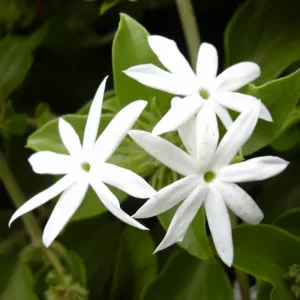
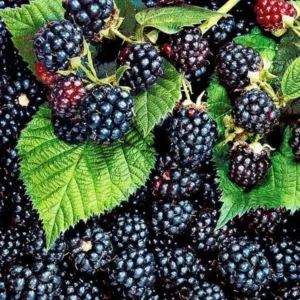
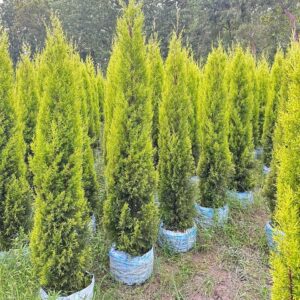
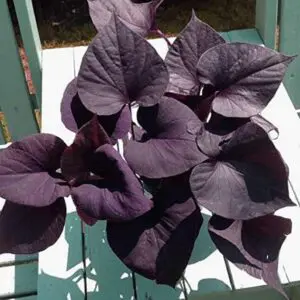
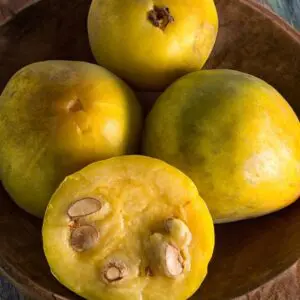
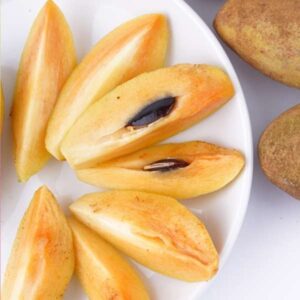
Reviews
There are no reviews yet.